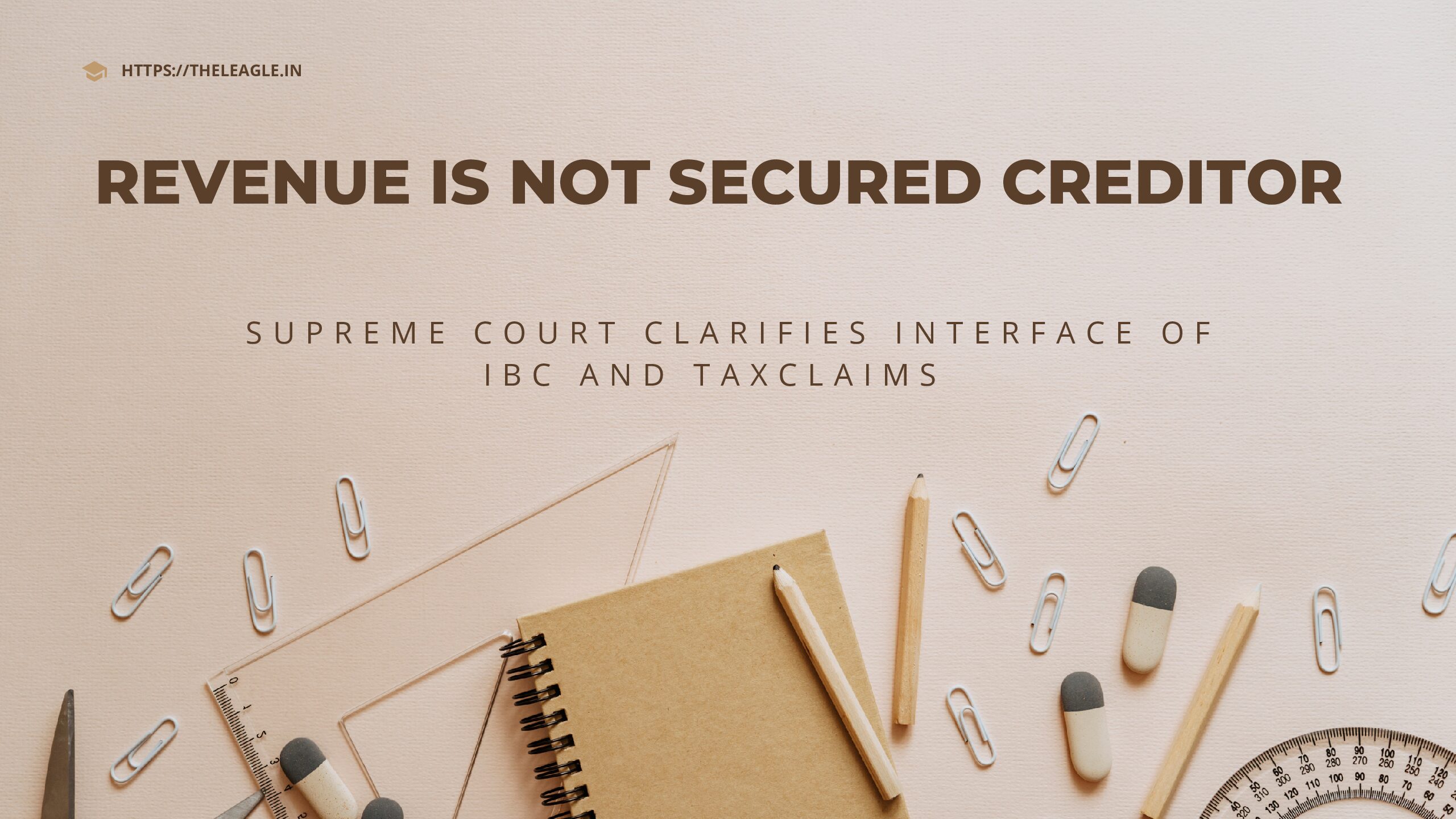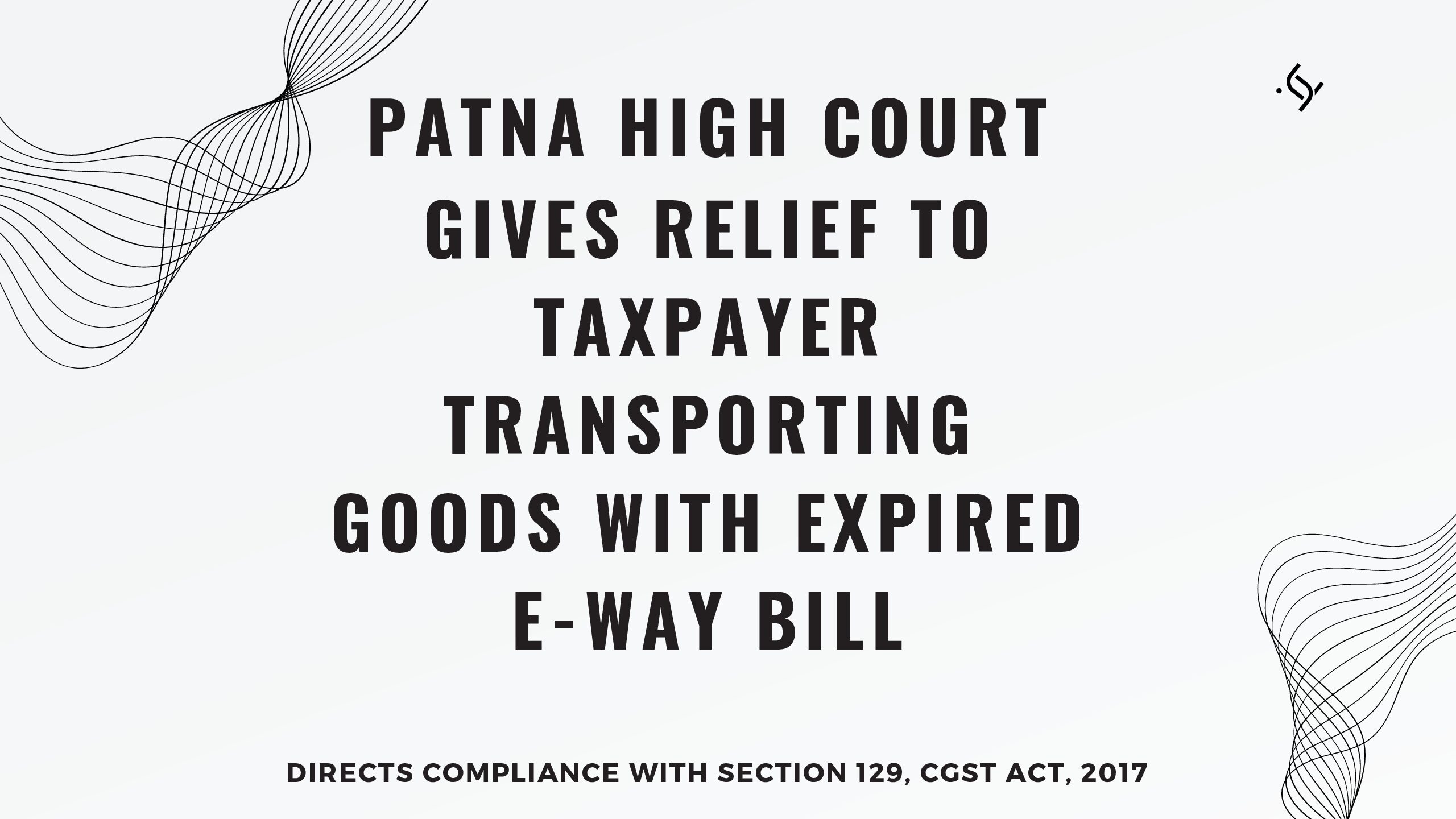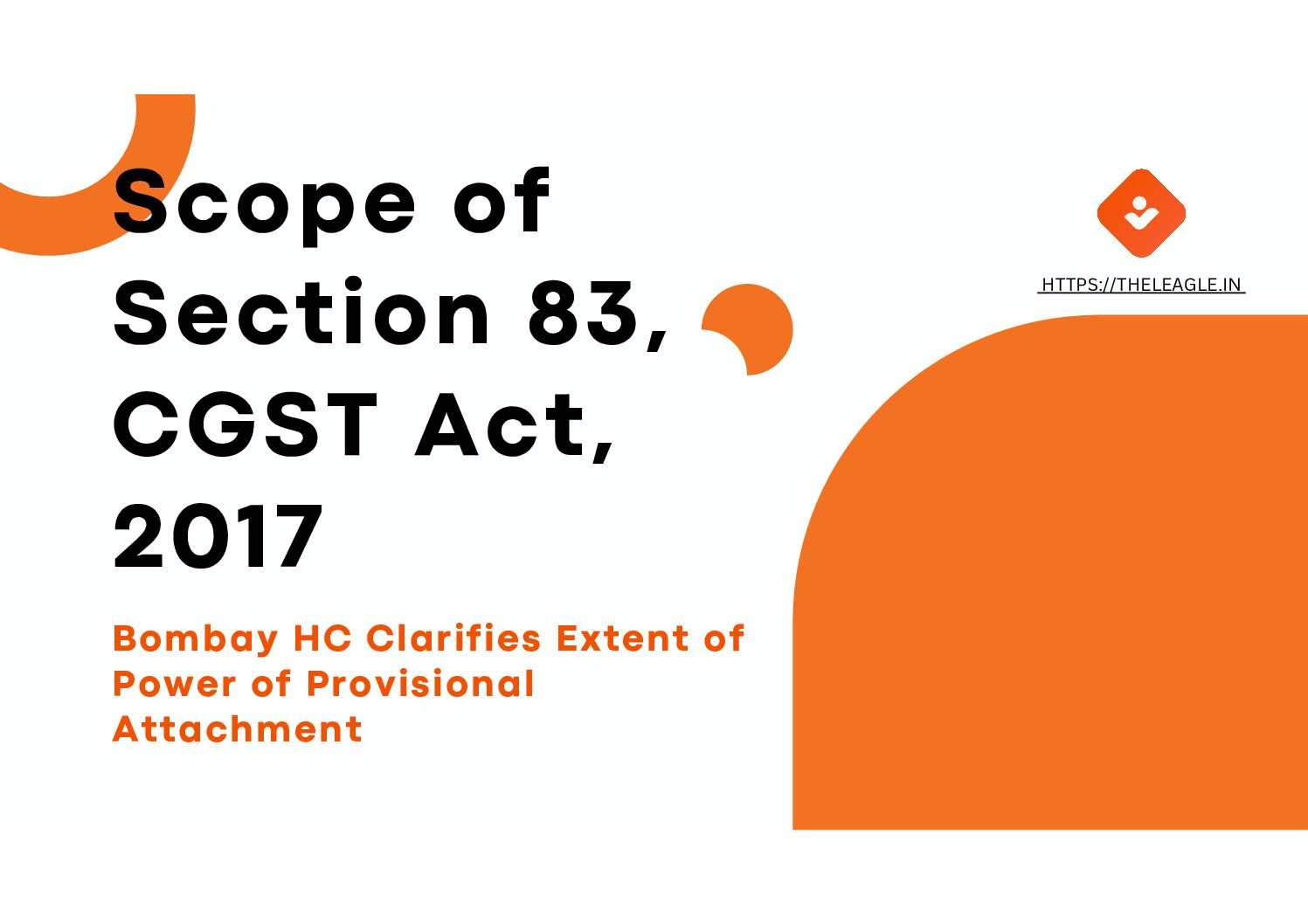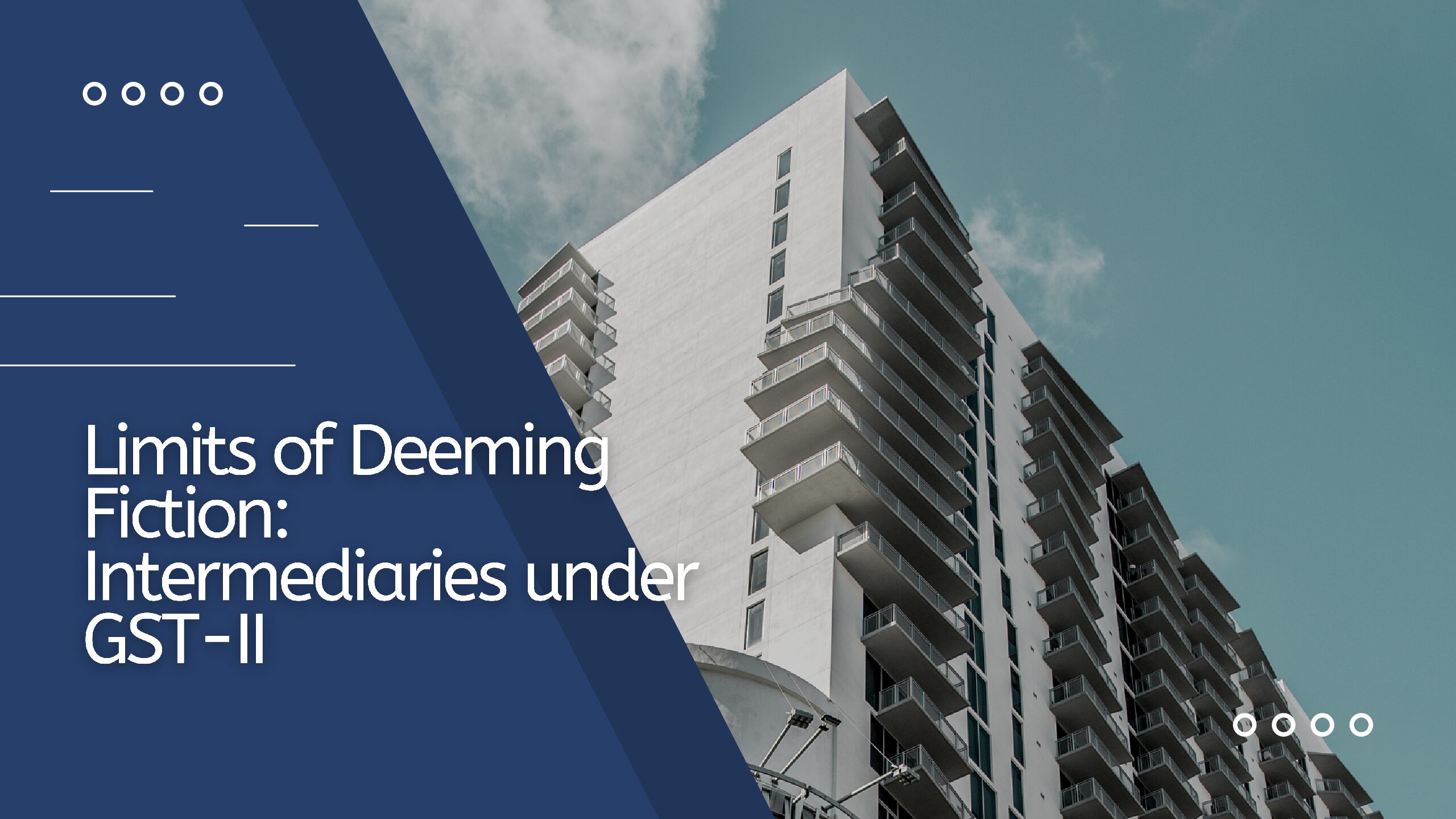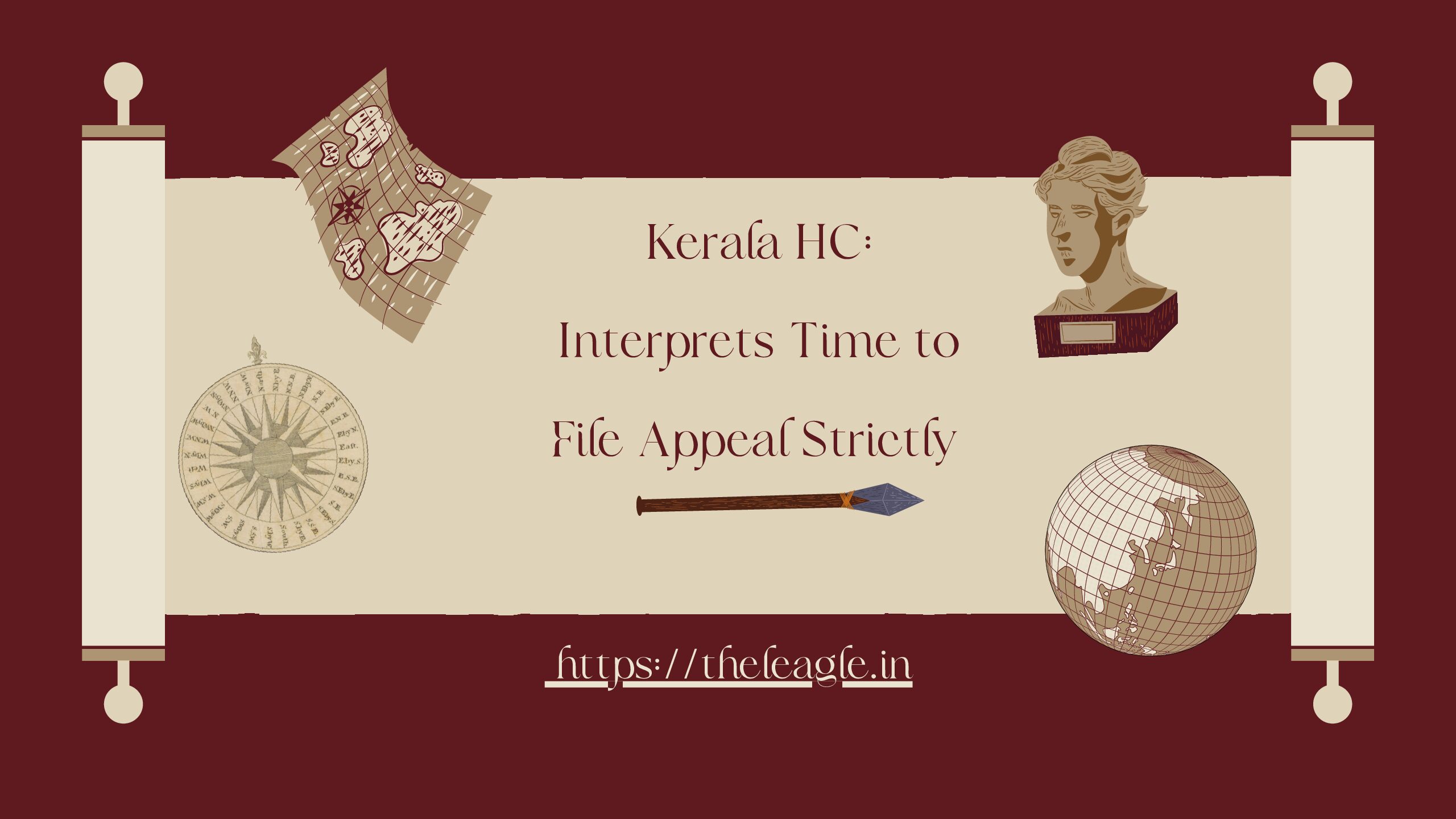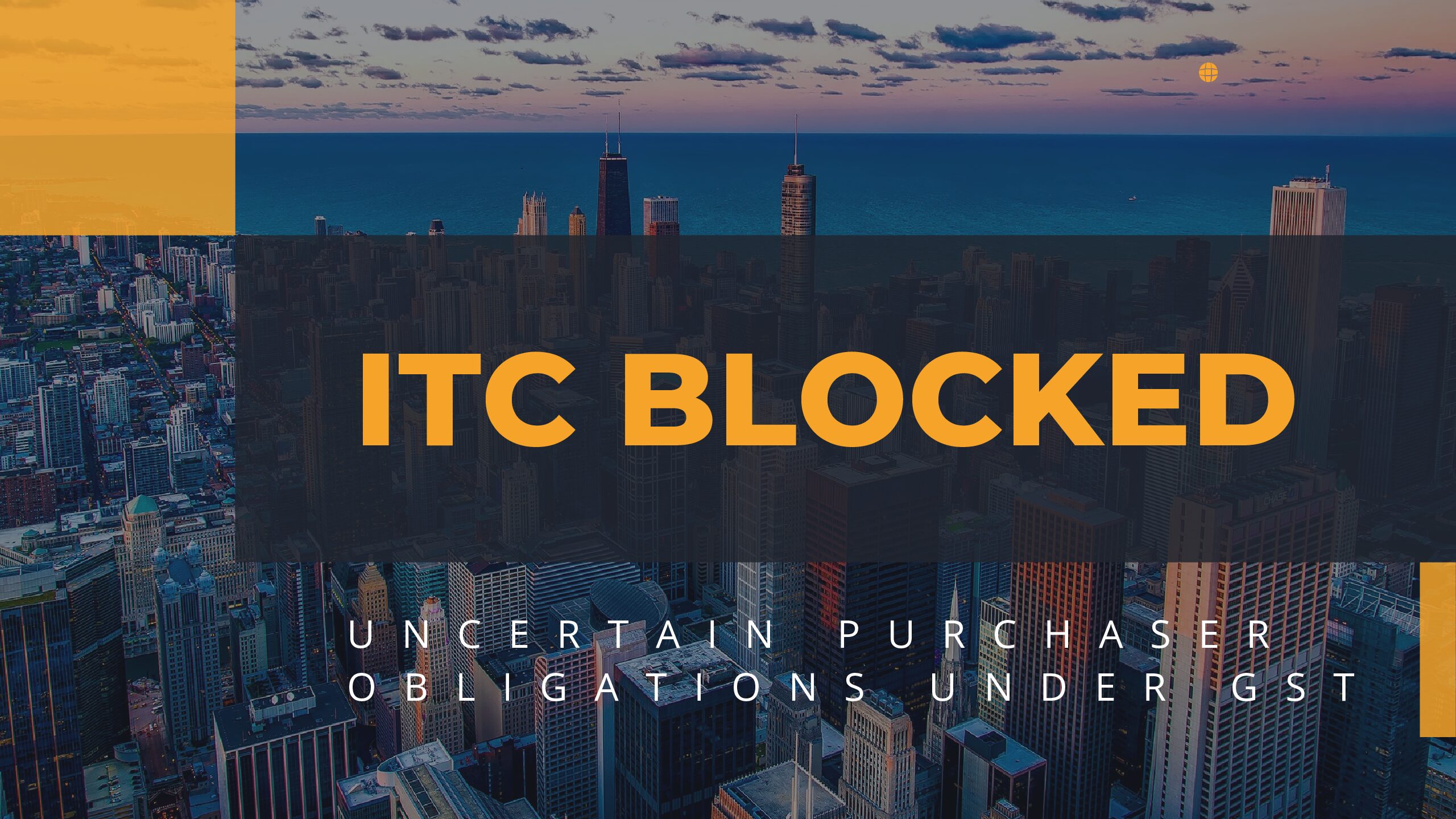Constitutionality of Section 13(8)(b) and Section 8(2), IGST Act, 2017
Introduction
As elaborated in the first of this two-part post, the constitutionality of Section 13(8)(b), IGST Act, 2017 has attracted varied judicial opinions that deploy superficial and sub-par reasoning. Nonetheless, a Division Bench of the Bombay High Court delivered a split verdict on the constitutionality of Section 13(8)(b) and referred the issue to a third judge. Justice G.S. Kulkarni in his opinion[1] has adopted a unique perspective towards the issue and in the process arrived at a novel conclusion, whose implications are not entirely clear. The conclusion of Justice Kulkarni is that Section 13(8)(b) and Section 8(2) of IGST Act, 2017 are legal, valid, and constitutional if their operation is confined in their operation to IGST Act only and same cannot be made applicable for levy of tax on services under Central and Maharashtra GST legislations (‘CGST Act’ and ‘MGST Act’ respectively). I examine the reasoning and approach of Justice Kulkarni in the following paragraphs. Please refer to the first part for an introduction to the issue.
Arguments
The Revenue justified Section 13(8)(b), IGST Act, 2017 by articulating several reasons. The Revenue argued that the place of service for intermediaries was the location of intermediary under the service tax regime as well and a similar legal position has been adopted under GST. Also, it referred to the fact that value addition in case of services by intermediaries happens at the location of intermediary. The Revenue also stated – in my view the real reason for Section 13(8)(b) – that if the location of intermediary was not made the place of service under the impugned provision, then the transaction would have escaped the tax net. (para 13)
The petitioners relied on Article 246A, 269A and 286 of the Constitution to argue that the impugned provision, i.e., Section 13(8)(b), IGST Act, 2017 was violative of the Constitutional limits. The petitioners, for example, argued that by deploying the deeming fiction under Section 13(8)(b), IGST Act, 2017 the Revenue was trying to convert the actual place of supply which was in foreign territory to the place of supplier and tax it as an intra-State supply. And the use of deeming fiction contravened Articles 246A, 269A and 286. The other arguments of the petitioners can be enlisted as follows: the levy of IGST on export of services is de hors the fundamental principle of GST as a destination-based tax, its violates the restrictions imposed by Article 286 which forbid States from levying a tax on transactions which take place in the course of import and the Parliament cannot authorize States to levy tax on export of services by deeming it to be a local supply, the levy is extra-territorial and violative of Article 245. Further, the petitioners also alleged that the levy via Section 13(8)(b) was arbitrary, discriminatory, and violative of Article 14.
Decision
Justice Kulkarni noted that there is no dispute that the transaction undertaken by taxpayers constitutes an export of service. He agreed with the petitioners and stated that:
In my opinion, the contention of the petitioners appears to be correct that the transactions in question of the petitioners are in fact a transactions of export of service, as the recipient of service is the foreign principal. The destination/consumption of the services as provided by the petitioners takes place in a foreign land. This completely satisfies the test of “export of service” as defined under Section 2(6) of the IGST Act, also as there is no contra indication that “factually” it can be regarded as either inter-State or intra-State sale of services.(para 60)
Justice Kulkarni relied on the definition of export of services under Section 2(6), IGST Act, 2017 and observed that all the ingredients of were satisfied in the impugned case. Section 2(6), IGST Act, 2017 defines export of services to mean when: (i) the supplier of service is located in India; (ii) the recipient of service is located outside India; (iii) the place of supply of service is outside India; (iv) the payment for such service has been received by the supplier of service in convertible foreign exchange; and (v) the supplier of service and the recipient of service are not merely establishments of a distinct person in accordance with Explanation 1 in section 8. Strictly speaking, the third ingredient, i.e., place of supply of service is not satisfied in the impugned case by virtue of Section 13(8)(b), IGST Act, 2017. However, since that was the centrepiece of the petitioner’s case, accepting it on face value would have prevented engagement with the petitioner’s argument.
Justice Kulkarni stated that the contention of petitioners is that Section 13(8)(b), IGST Act, 2017 is being read into the Central and State GST legislations, i.e., CGST Act and MGST Act to tax export of services indirectly by treating them as a local supply. He framed the issued as: provisions of IGST Act were being imported into CGST Act and MGST Acts. The framing of the issuing as interplay of two distinct legislations rather than as an issue of legislative competence is crucial. By treating the issue of deeming fiction under Section 13(8)(b), IGST Act, 2017 he was able to address the petitioner’s grievance and yet managed to not situate it completely within the Constitutional context. Thus, Justice Kulkarni engaged with inter-connectedness of various GST legislations as the central issue making the petitioner’s argument of the Parliament’s competence to enact the impugned provision as an allied issue.
Once Justice Kulkarni framed the issue as discussed above, he elaborated on the different spheres of CGST Act, 2017, IGST Act, 2017 and various State GST legislations. He agreed with the petitioner’s argument that the deeming fiction incorporated in Section 13(8)(b), IGST Act, 2017 would amount to double taxation and linking of two separate transactions. He observed that the commission is subsumed in the transaction that the foreign principal undertakes with Indian importer. And that the transaction between Indian intermediary and foreign principal cannot be understood be part of the transaction foreign principal and Indian importer. Interlinking of the two independent transactions would be contrary to the destination-based character of GST. He noted that if Section 13(8)(b), IGST Act, 2017 would be applied to CGST and MGST Acts, it would ‘in my opinion, it would lead not only to a consequence of double taxation but also to an implausible and illogical effect, in recognizing two independent transactions to be one transaction for the purpose of levy of CGST and MGST as intra-State trade and commerce.’ (para 79)
Developing on the issue of distinct but inter-relatedness of the two transactions and legislations, Justice Kulkarni highlighted that there was a tension in IGST Act, 2017 itself. He specifically cited Section 7(5), IGST Act, 2017 which provides that if supplier is located in India and place of supply is outside India then such supply shall be treated as in the course of inter-State trade or commerce. He observed that there is a dichotomy since on one hand the petitioner’s transaction of export of services is treated as inter-State under Section 7(5) while it is treated as intra-State under Section 13(8(b). The aforesaid comparison and ‘dichotomy’ is not a conclusive reason to not accept the deeming fiction incorporated under Section 13(8(b) since a legislation can incorporate a rule and its exception. Justice Kulkarni was however convinced that operation of both provisions would lead to absurdity and uncertainty in the operation of IGST Act, 2017. (para 82)
Based on the above reasoning Justice Kulkarni concluded that inter-State transactions should be confined to IGST Act and intra-State transactions only to CGST Act and MGST Act. He observed:
Necessarily transactions which are intra-State transactions and those which are inter- State transactions (trade or commerce) are required to be compartmentalized, so as to be recognized under the separate regimes and without creation of any fictional incongruity in regard to the regimes, they need to be taxed, in the given facts and circumstances. It will be too harsh and not fair to the assessees to suffer any uncertainty in regard to the regimes the assessee’s would be taxed. Such uncertainty is neither conducive to trade or commerce nor of any real benefit to the interest of the revenue. (para 83)
However, Justice Kulkarni did not hold Section 13(8)(b) and Section 8(2), IGST Act, 2017 to be unconstitutional. Relying on a spate of precedents he observed that if a provision could be read down and made workable to further the intent of legislation, Courts should adopt that path instead of striking down a provision as ultra-vires. And in his opinon the impugned provision could be made workable and reflect legislative intent if its operation was confined solely to IGST Act, 2017 and was not imported into CGST and MGST Act. (paras 84 and 89)
Conclusion
A straightforward and pithy conclusion of Justice Kulkarni’s opinion is that Section 13(8)(b) and Section 8(2), IGST Act, 2017 is not unconstitutional but its operation has been confined to provisions of IGST Act only and cannot be made applicable to tax on services under CGST and MGST Acts. What does this mean? One immediate implication is that Section 13(8)(b) of IGST Act cannot be used to levy GST on intermediary services provided to a foreign principal by treating their export of services as a local/intra-State supply. This also means that such intermediary services cannot be subjected to IGST since exports are ordinarily speaking, not taxed under the destination-based principle of GST. And Justice Kulkarni has noted expressly that the petitioner’s intermediary services amount to export of services. Any further implications are likely to be revealed in due time as and when the CBIC issues some communication from its end.
It is important to note that the exclusive domains and compartmentalization that Justice Kulkarni refers to is an appropriate approach to understand the multiple GST legislations, their operation and their respective spheres of operation. Justice Kulkarni through his judgment has brought home the fact that while the entire legislative matrix of GST operates on same fundamental principles, e.g., destination-based tax; they intend to levy tax on different transactions. IGST Act is applicable to inter-State transactions while CGST Act and State GST Acts are applicable on intra-State transactions. Going forward, it would be interesting to watch if the strict compartmentalization advocated by Justice Kulkarni would admit of some exceptions and the circumstances when the dilution of such compartmentalization may be allowed.
Finally, it is worth noting that the opinion of Justice Kulkarni is a satisfactory resolution to the taxation of intermediary services and their treatment as intra-State supplies. However, given the way Justice Kulkarni chose to frame the issue some of the Constitutional questions raised by the petitioners remain unanswered or unsatisfactorily resolved. For example, we are unsure of the applicability of Articles 249A, 269A, and 286 to GST legislations and how the three vital Constitutional provisions interact with each other. Neither do we have a clear view as to the aforesaid Constitutional provisions constrain the Parliament or otherwise the scope of their influence on GST laws.
[1] Dharmendra M. Jani v Union of India 2023 SCC OnLine Bom 852.

